
Any niche is going to come with its fair share of opinions. Just think of people who only shoot photos on film, listen to records on vinyl, or chase after whitetails with a traditional bow—they’re either going to get high fives or skeptical side glances from their peers, with not much left in between. The same goes for fiberglass fly rods.
In the angling community, there seems to be a bit of confusion about why fiberglass rods are still around and the value they actually provide to fly fishermen. And, as a company that recently released a brand-new glass rod (learn more about the Revival S-Glass here), we have a stake in what anglers think and actually know about these incredible tools. With that in mind, we’re going to clear a few things up and talk about the art of the fiberglass rod.
Of course, this doesn’t mean that the opinions are going to slow down, but at least they’ll be a bit more informed. Once you know why fiberglass rods are great and how to fish them, you’ll begin to realize that they do so much more than scratch the nostalgia itch. Let’s dive in.
What Are Fiberglass Fly Rods?
A lot of the confusion around fiberglass fly rods comes from when they were introduced in the market. Fiberglass fly rods were introduced post World War II, essentially replacing bamboo fly rods altogether and taking over the market until graphite rods came on the scene in early 1970s. In general, people tend to think of newer and more advanced as better, particularly when it comes to a technical piece of equipment like a fly rod and, which we’ll cover in a bit, that’s true in some ways. However, in many ways it’s not true, but many people make that assumption just because glass technology is older.
Speaking of technology, let’s briefly cover what makes a glass rod a glass rod. As the name implies, fiberglass is made out of glass that’s essentially molten material pressed into a sheet. This material was originally used during the war in aircraft production but, as many advances go, made its way into other markets after the conflict was over, much like plastics. Fiberglass took off in fishing rod construction because it was lighter than bamboo and much easier to produce.
Disadvantages of Fiberglass
Before we tackle the pros of fishing fiberglass, let’s get the “negatives” out of the way. You’ll probably notice in all of these cons that there’s a common issue that arises with fiberglass and it also contributes to its greatest strength: the bend. Fiberglass rods are generally “full flex,” which means the rod will bend across its entire length, creating an arc. We’ll get to why that’s a good thing, but it also creates specific disadvantages as well.
Wind resistance. To say fiberglass isn’t powerful isn’t quite correct, but it definitely doesn’t have the backbone that graphite has, and that’s evident when it comes to wind. On gustier days, it can be difficult for glass rods to turn over your fly and muscle through friction for that perfect loop.
Big flies. Similarly to wind resistance, turning over big flies can be an issue for glass rods. Especially when it comes to lighter flies like foam poppers, you’re using the power of the rod and line to turn it over, and glass can struggle.
Fighting large fish. This is an interesting one because there’s a point where glass rods are actually better at fighting fish than graphite, but if you have heavier tippet and need to muscle in a larger fish, then graphite takes the cake all day. It simply has more backbone and more pulling power.
Weight. One of the biggest reasons graphite took over is because it’s simply lighter than fiberglass. We’ll discuss why this does or doesn’t matter in a bit, but there’s no arguing that graphite wins in the weight contest.

Advantages of Fiberglass
Now, let’s dive into why anglers still fish fiberglass fly rods. You’re probably beginning to realize that you can’t have your cake and eat it too when it comes to rod construction, but that goes both ways. While graphite excels in many ways, all of that power and backbone comes at a cost. We’ve covered this in another article that you can check out here, but let’s explore some advantages of fiberglass.
Delicacy. This is where that full-flex action comes into play. While you’re sacrificing some backbone, you’re also getting ultra-delicate presentation on the other end. If you’re tossing dry flies or dry-dropper setups for trout, then you can’t get much stealthier than a fiberglass rod. It can drop a fly on a dime with almost no splash, which is perfect for spooky fish.
Line protection. Let’s get back to fighting fish for a minute. Glass has a disadvantage for pulling big fish and muscling them out of cover, but it also has the advantage of protecting lighter tippet weights because of its sensitive bend. For example, if you happen to hook an 18-inch trout on a 6x tippet, your fiberglass rod will be able to protect your line from breaking because so much of the resistance is being taken up by the rod, whereas a faster graphite rod isn’t giving nearly as much.
Fun. Perhaps most importantly, fiberglass rods are a hell of a good time. In the right environment, they’re graceful, fluid, and simply a joy to cast, which is probably the main reason they’re still around today. If you’re tossing dry flies or light streamers on small- to medium-size streams, we’d take glass any day, no question.
A different type of power. We mentioned that graphite rods have more backbone, but that doesn’t mean fiberglass doesn’t have power—it’s just a different kind. In many ways, graphite’s power comes from its stiffer action, which means anglers can strong arm and double haul to their heart’s content. Fiberglass rods’ power, much like bamboo rods, comes from its rebound, meaning its ability to return to its original shape after bending. It takes some getting used to and a different casting stroke, but it can actually save your arm during a long day of casting because the rod is doing so much more of the work.
How to Fish Fiberglass Fly Rods
Okay, we’ll get off of our fiberglass high horse and get down to the nitty gritty.
Choosing the Right Rod. We offer our Revival S-Glass in weights ranging from two to six, which means it can excel in several different scenarios. Two- and three-weight rods are great for trout and panfish in small water and/or calm days. The four- and five-weight options can handle small- to medium-size water for trout, panfish, and bass. As for the six-weight rod, we think it’s great for throwing trout streamers in medium to large rivers, and also makes for a killer smallmouth setup or largemouth setup in rivers.
Choosing the Right Conditions. With fiberglass, you need to pick your battles. As we mentioned before, it doesn’t do well in gusty conditions, so if you’re on the fence, go with graphite on blustery days or if you know you’re going to be throwing large flies.
Mastering the Casting Stroke. You’ve probably heard anglers talk about needing to “slow down” their cast when it comes to fishing fiberglass and that’s definitely key. If you head out and try to cast it like your fast-action graphite rod, it’s going to feel like you’re casting a piece of half-cooked spaghetti. When you’re casting, give the rod more time than you’re used to on both the front and back cast and you’ll realize that it has plenty of natural power on its own, you just need to give it time. Lastly, because fiberglass has more bend, you may need to open up your casting stroke a bit, moving from “11 to 1” to “10 to 2.”
Conclusion: It’s All About Style

This article isn’t meant to preach anything. Ultimately, the way you want to fish is totally up to you and that’s the beauty of fly fishing. If anything, we just want to show you the potential that fiberglass fly rods have if they’re used in their optimal environments. In most angling experiences, there’s a bit of a progression that starts with catching as many fish as possible, goes to targeting specific and large fish, and then generally finds its way to catching fish in a certain manner, which comes down to style.
We opened this article by mentioning film photography and traditional archery for a reason. Those are both highly specific and stylized versions of very popular pursuits, and they relate very well to fly fishing as well. Eventually, you’re going to catch your fair share of fish. You’re going to catch your fair share of big fish, too. And then you’ll be left wondering, “How do I want to catch fish?” The answer to that question may be, “With a fiberglass rod.” Sure, it’s not always to the most practical application, but neither is shooting film or listening to vinyl, and if you’re only considering practicalities, you’re kind of missing the point, otherwise we’d all be throwing a cast net in the river for trout. In a way, by fishing glass you’re making a statement that says you’re okay with taking it a bit slower, going for a more precise application, and feeling that fish all the way into the handle. Once you try it for yourself, it’s hard to go back.


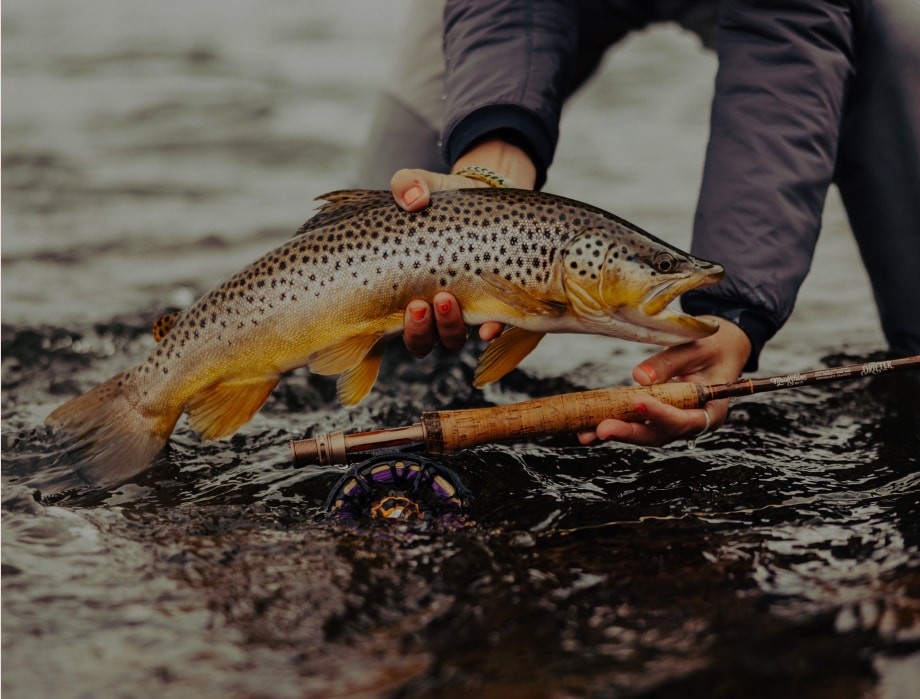
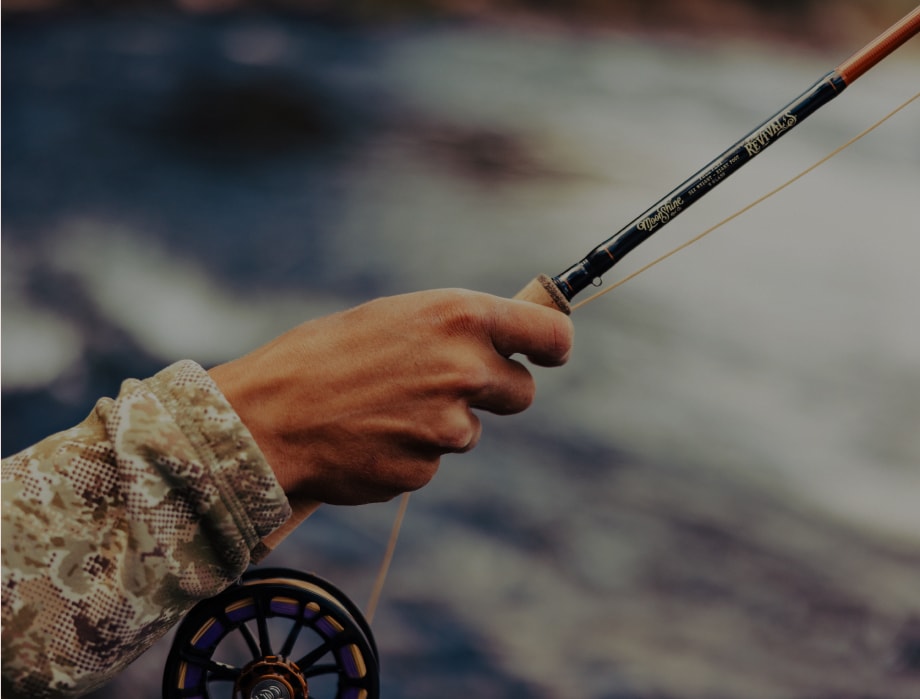
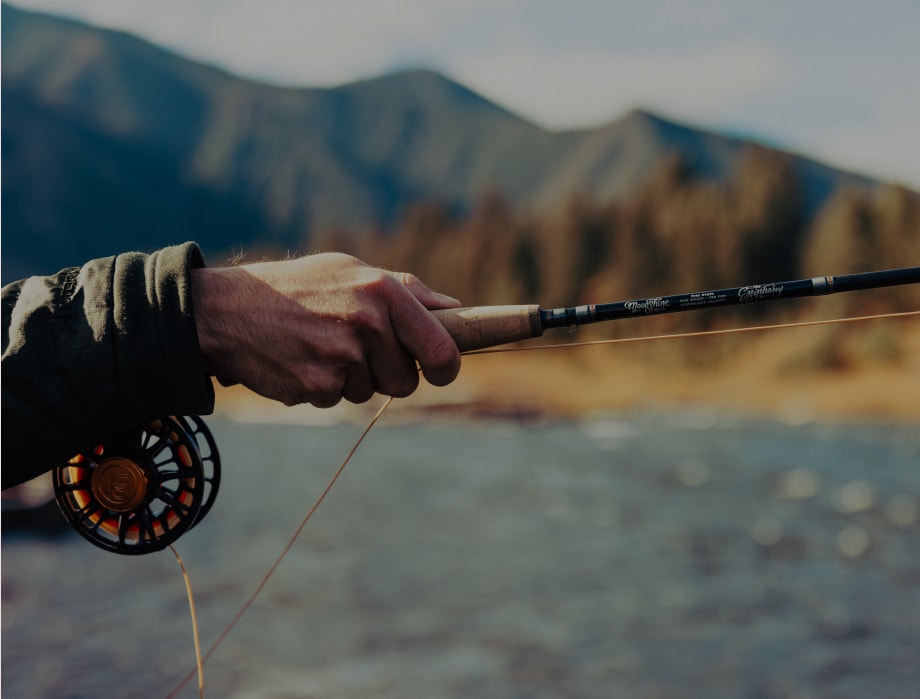
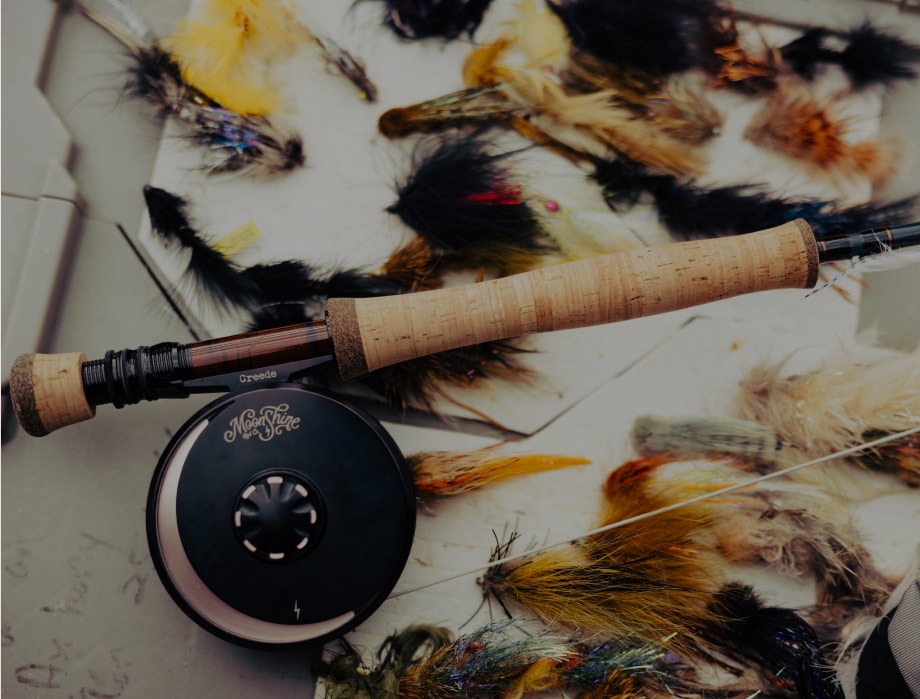
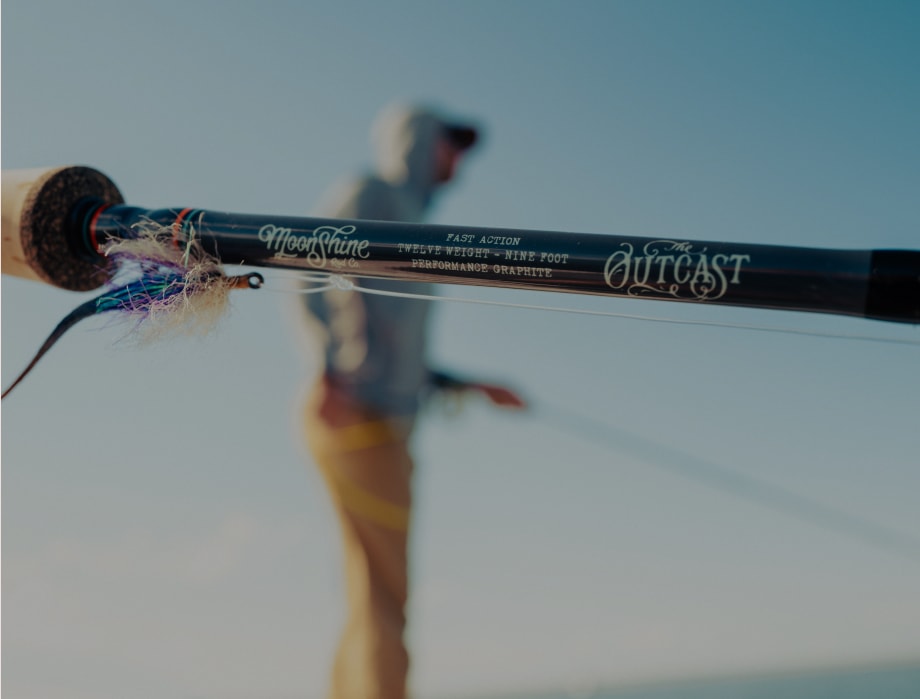

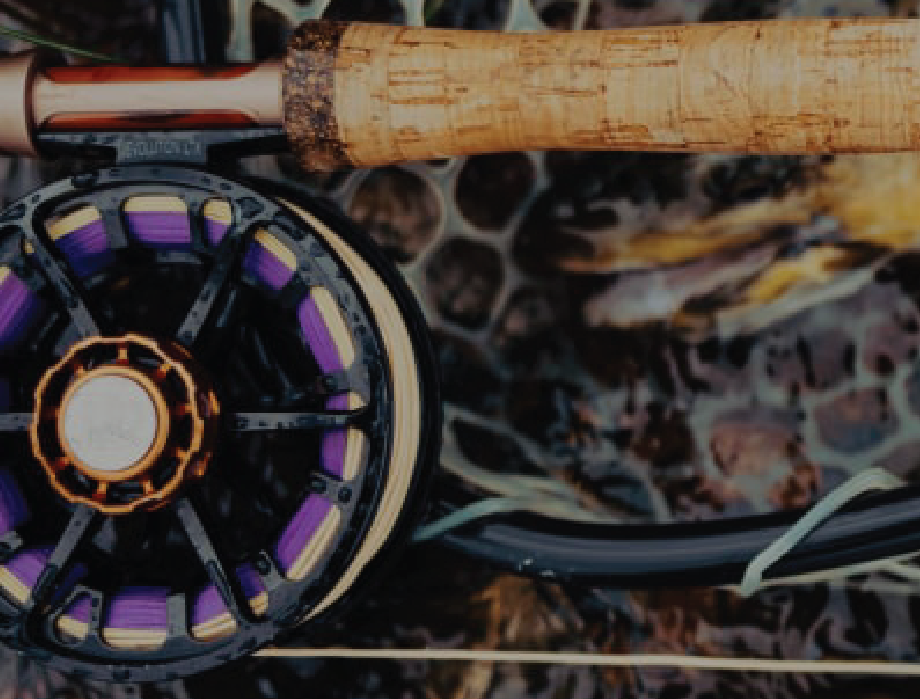
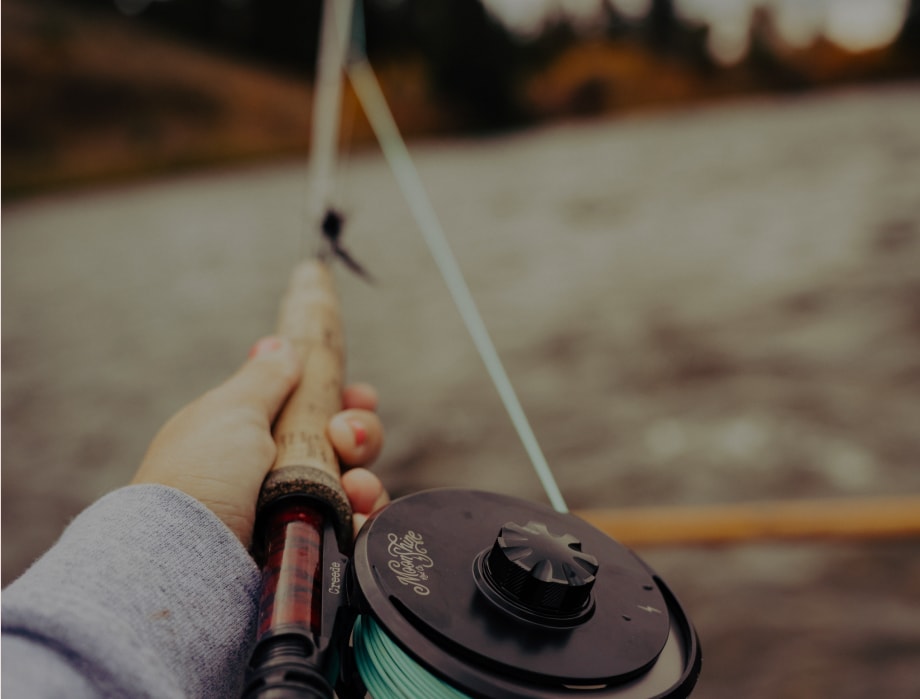


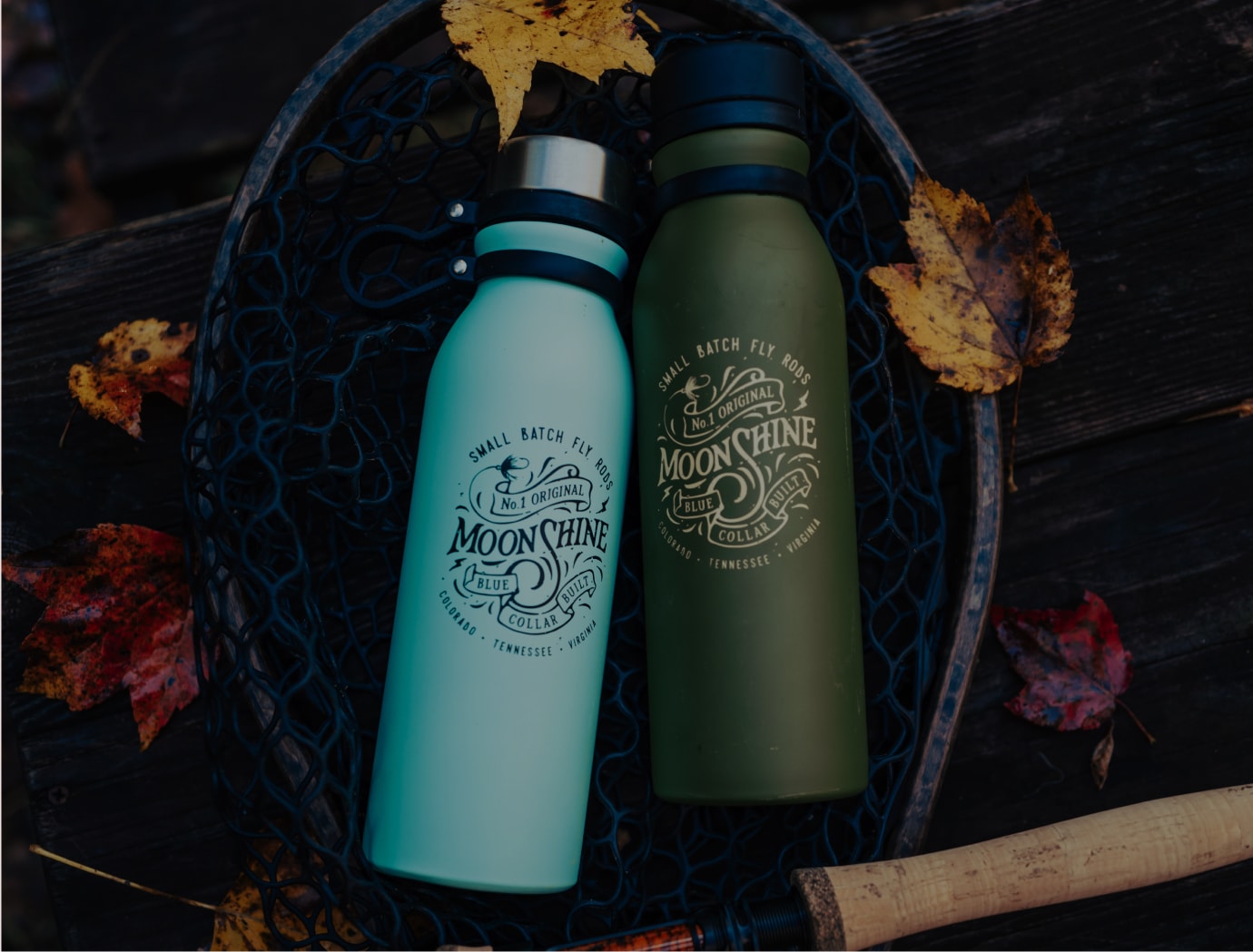

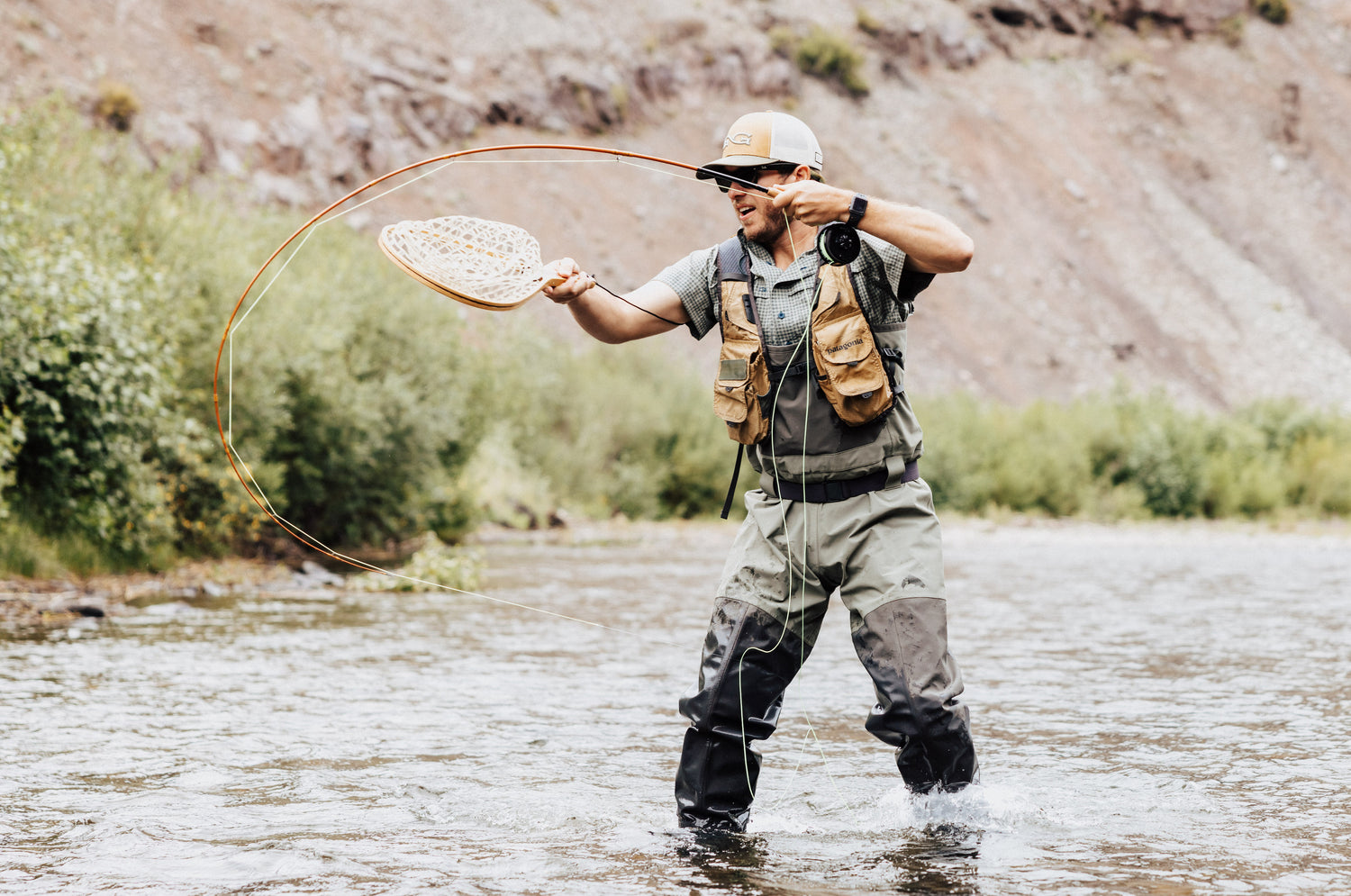
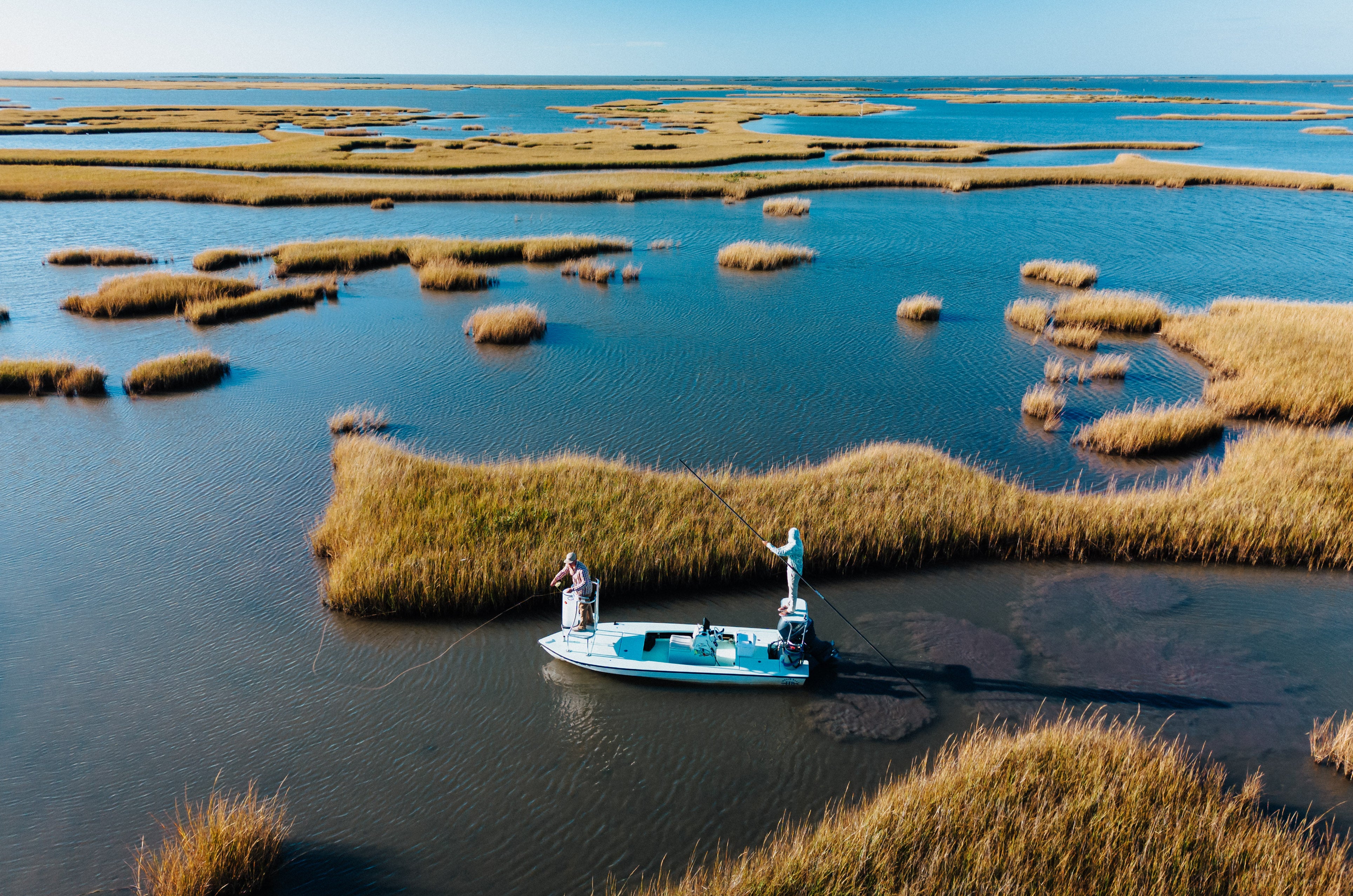

1 comment
Mark D Middleton
Glass rods are fun I have a few , they do have back bone also bend but very rewarding when successful!
Leave a comment
All comments are moderated before being published.
This site is protected by reCAPTCHA and the Google Privacy Policy and Terms of Service apply.